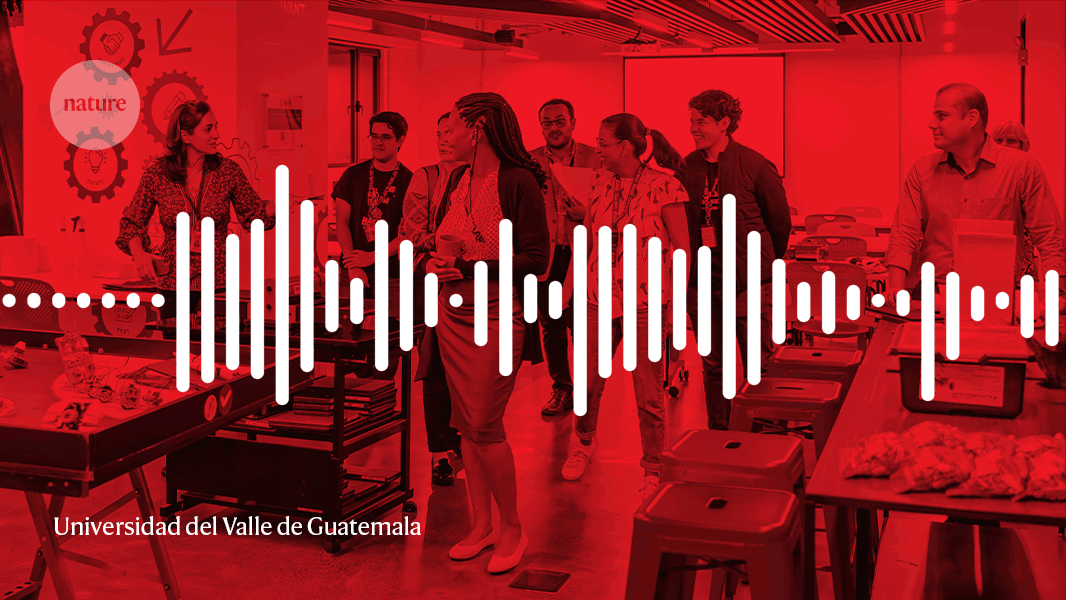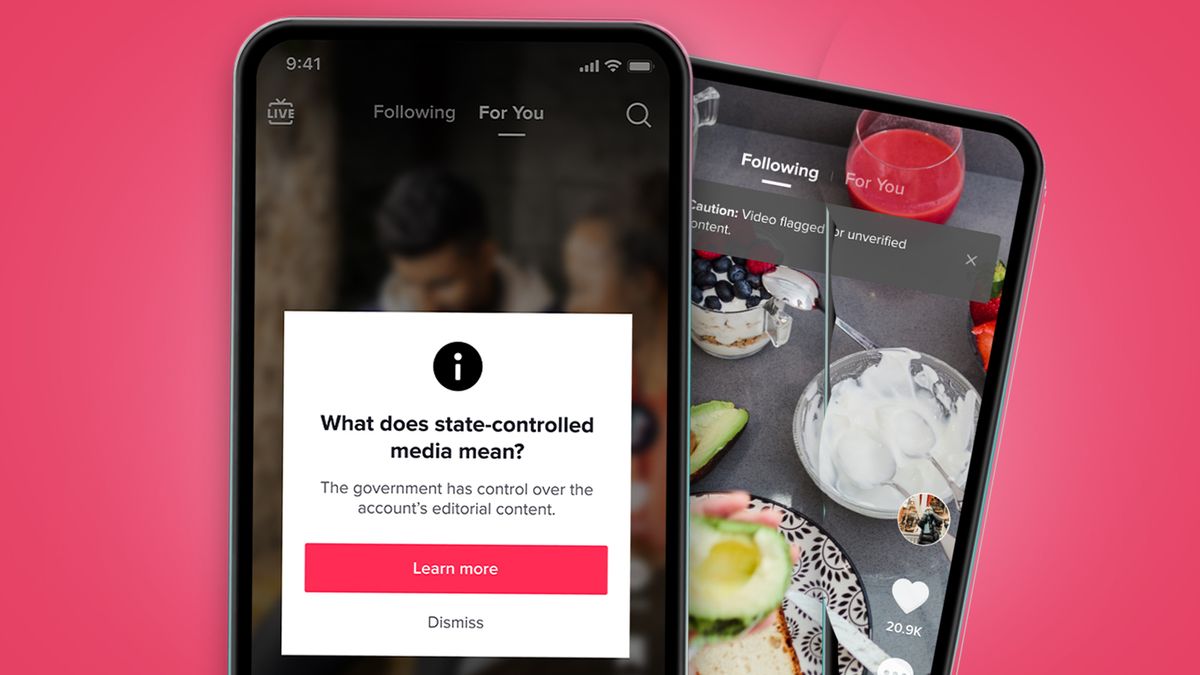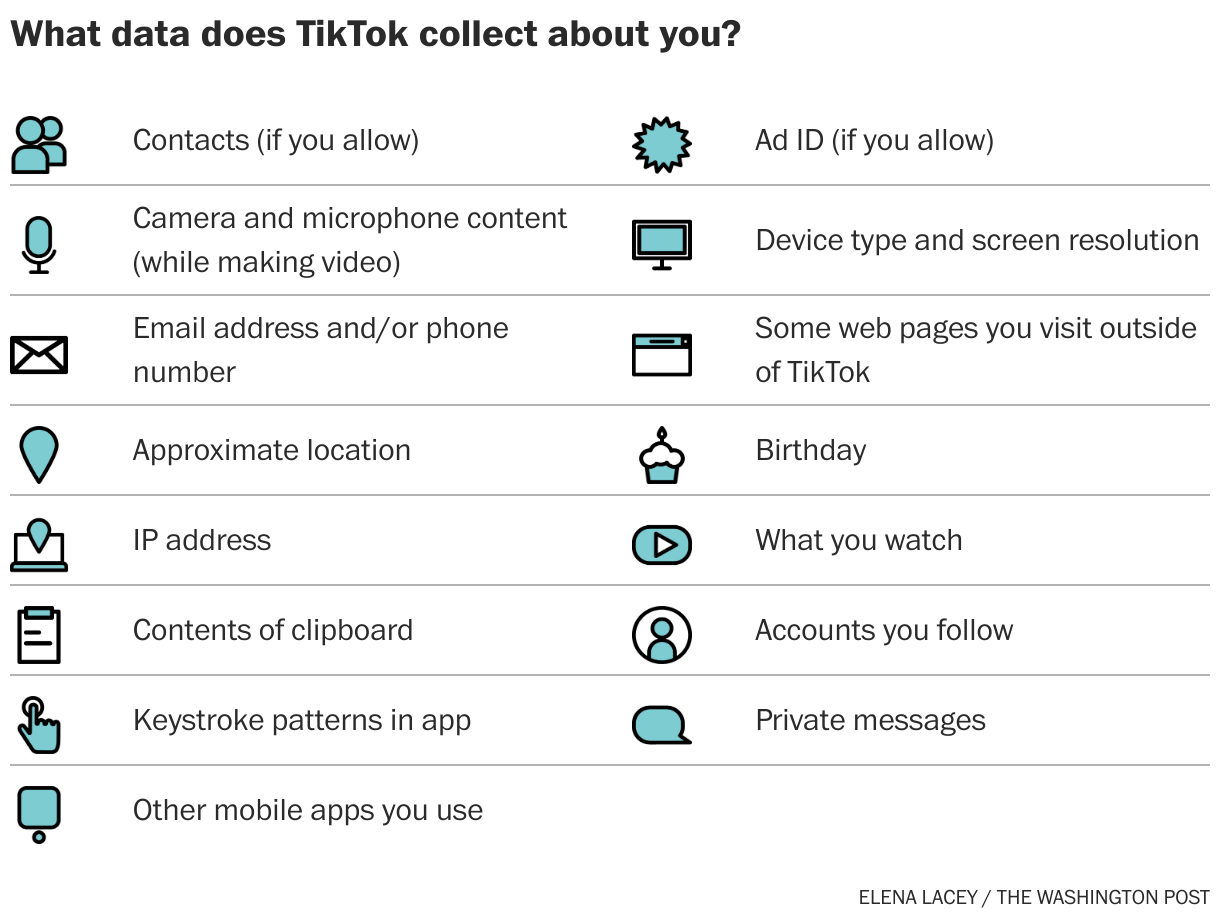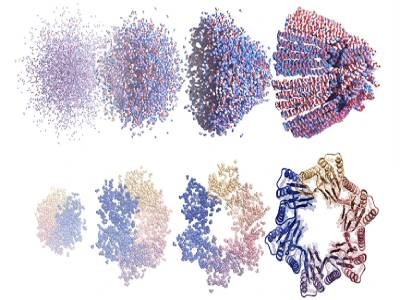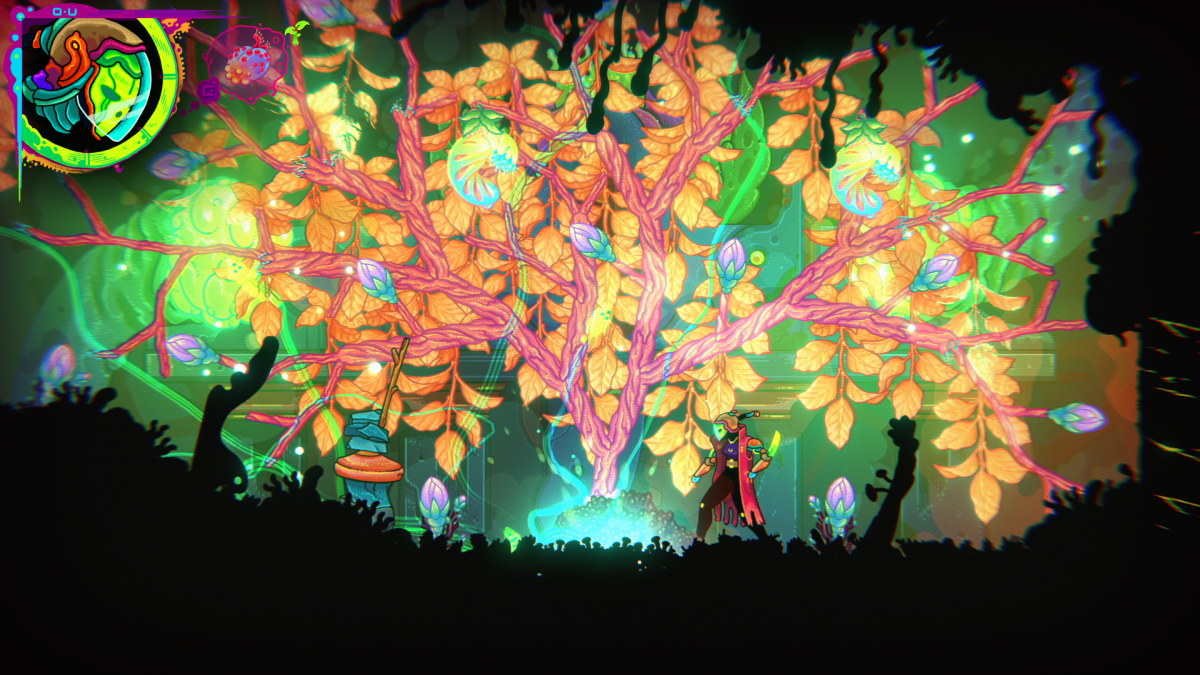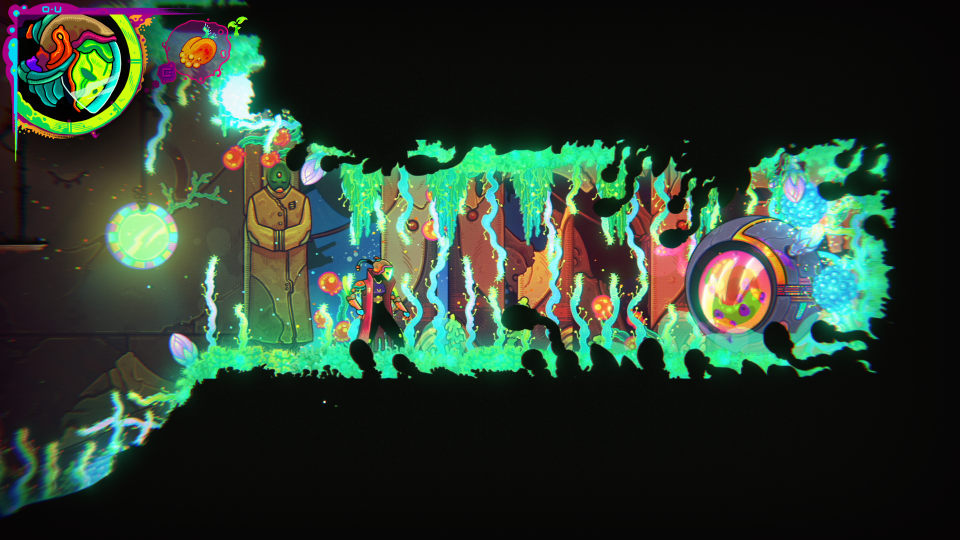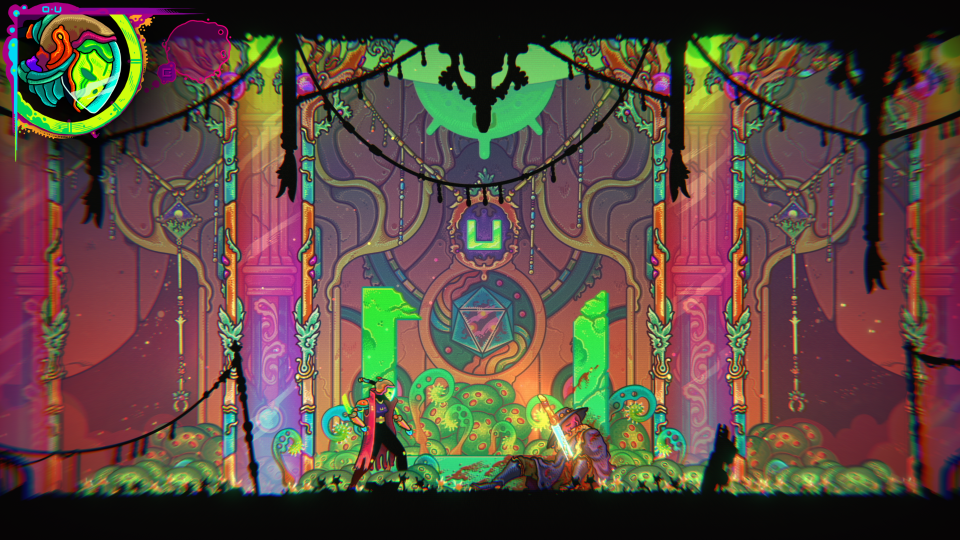Julie Gould 00:0
Hello, and welcome to Working Scientist, a Nature Careers podcast. I’m Julie Gould. We’re starting off a new series of episodes where I’ll be sharing stories from female scientists in Latin America.
Working as a scientist in Latin America comes with its challenges, whatever gender you identify with. There’s a severe lack of funding for science. There are difficulties in getting reagents. And there’s a lot of political instability in many countries in the region.
And yet for women, there are many other difficulties. And sometimes the women that I’ve spoken to feel that they are invisible.
Yet in the face of the challenges that they have, female scientists in the region are making it work. They are forming alliances nationally and internationally to support each other so that they can each follow the career path that they’re on.
In this series of episodes, I’m going to share some of the ways in which female scientists in Latin America are finding things difficult. But also I want to look at how they are facing these challenges head on.
To start the series, I’m sharing part of a conversation that I had with Monica Stein.
Monica Stein: 01:29
So my name is Monica Stein. I’m the Vice Rector for research partnership and collaboration at Universidad del Valle de Guatemala, based in Guatemala City.
Julie Gould 01:40
Monica works closely with people all around the world to try and strengthen science and technology ecosystems in Guatemala and the region.
I reached out to her after I listened to a roundtable discussion hosted by Nature in 2022, about female scientists in Latin America. Monica spoke during this roundtable about the different frameworks that exist for supporting science and scientific research.
I wanted to find out more about what frameworks exist in Guatemala, for women, and how she believes that they can and need to change to offer further support for the female scientists that work there.
The interview starts with Monica giving us an overview of how the frameworks right now are not supporting women in science, and are creating an unequal playing field.
Monica Stein: 02:23
Frameworks are complex. If you want to develop both vocations, careers and success in science and technology.
So in order to have a vibrant and productive scientific community that encompasses different ethnicities and different genders, you need to be able to have funding for science. So that’s the people the one people always think about.
But you need to also have the administrative framework to assign that funding. You need to have talent that can access that funding and infrastructure to be able to work within.
And that all sounds nice. But let’s start with the talent part. If you want to do science, you have to start inspiring people and demonstrating to people that that’s achievable from a very young age.
In general, many Latin American countries have trouble inspiring vocations in science and technology, because math is an issue.
And that is very disparate between men and women in Latin America and in the entire world. So there’s cultural norms and perceptions. That’s one first issue, where women shouldn’t be scientists or women don’t have the talent to be scientists.
And so in whatever framework that you want to achieve this high end goal of women doing scientific research and publishing, etc, you have to start years before inspiring women and role modeling, through women that are already in science, that it’s achievable, that it’s fun, and that all women can be scientists, engineers, or what have you, if they want to.
So that that is a whole piece of work that has to do that has to happen during school. And during college.
Once you have those, those vocations, you’ve inspired enough people, you have to make them aware of the opportunity. So there’s an access issue.
So we already did cultural norms and perceptions. And now we’re talking about access.
Do women have equal access to education as men do in some countries? They do. In some countries, they don’t. What does access mean? Is it only that the university accepts men or women and they don’t discriminate?
No, it doesn’t mean that. It means you know, are there other roles in terms of caretaking or work or what have you that are different between men and women. Are their preferences for a family to invest more in the education of a son than a daughter?
Or do you, as a student have to pay for your own education? And how easy is it for a man versus a woman to get a job, and what’s the pay gap?
Most of our students, for example, work to pay for their studies. So if there’s a pay gap, which there is in Guatemala, between men and women, and if it’s easier for men to have a job over women, then it’s easier for men to study than women. So that there’s that access issue.
And then. let’s say that you finally inspire people, you’ve got access, they’re graduating. Now you really get into this systems, regulations, whether they’re legal, or, or other types of regulations that promote the success of women in science.
And what you see in the United States, and you’re starting to see in Latin America, and the statistics support that, is that we’re getting more women graduating from university than men. Also, in Latin America, as an average.
It’ll vary from country to country, but then less women in graduate school. In Latin America. In the United States, I think women in biological sciences are very high up in graduate school, but then there are very low and tenured professor positions.
And what happens is you get married and you start having kids. And there are no support systems in Latin America for child caring, no robust support systems, certainly not in Guatemala, and much less in scientific systems where there’s a tenure system, and you’re expected to maintain certain productivity in order to gain certain rewards.
And that reward could be a position, or it could be just maintaining your job, or it could be going up the ladder.
So we had, for example, interesting conversations with Argentinian scientists, where they have in some universities a tenure system. And they don’t stop the clock, when a woman has a child.
So the moment that you have a child and your responsibilities are split, which they shouldn’t be split. You should be able to care for your child for a little bit. But your responsibility, so split, men will have an advantage because they’re producing science more consistently, and the clock doesn’t stop for women.
So things like that are things that, if you have a framework of regulations, and and support systems at the scientific, you know, production level productivity level, when you’re already a working scientist, would help women achieve more success in science.
And then I think, finally, there’s data and evidence that sometimes women’s contributions or production gets ignored in, in collaborative research, or whether having a woman as a primary author gives you advantages or disadvantages.
There was a survey in Central America regarding how many women scientists had positions and were publishing.
And the big surprise was that in Guatemala it was pretty equal between men and women. But it wasn’t so in El Salvador, Honduras and other Central American countries.
So for some reason, in Guatemala, at the level of scientific production, meaning how many papers you’re publishing and and whether women have jobs as scientists, we’re doing pretty well, which, which was a surprise.
But I know that in other countries, there are more positions filled by men and more papers published by men.
Julie Gould 08:48
Thank you so much for that overview of the current situation. But what do you envision for the future?
What do you think these future supporting frameworks should look like? And how would you put them in place?
Monica Stein: 09:00
Well,I think that it’s all part of an educational journey. So if science and technology organizations want to create that framework, they have to collaborate with other instances, like in Guatemala ministries of education, or in the United States, education secretaries, etc.
So what do I dream of? I dream of a system that collaborates with educational institutions to inspire and promote scientific vocations. Whether it’s for women, for low income students, men or women for different ethnic groups.
I think that’s very important because we are not going to be able to solve these really complex social problems that we have in Central America and other Latin American countries, if you don’t have a diversity of perspectives.
I firmly believe that science can inform complex social problems because evidence-based decision making is the best kind of decision making. So we have to include people, I dream of a system that will facilitate access to education. =
And it’s not only whether I don’t discriminate in my admissions, it’s whether I am providing the pathways. For example, here in Guatemala, in the highlands, where there’s a larger indigenous population, our university has a high school, and you can get your scholarships from the high school level, so that you’re prepared and to go to university, and that transition is less difficult.
But that there’s geographical aspects to that, too. And parents naturally don’t want to send their kids far away for high school. They’re okay with university, but they’re not okay for high school.
So can we use technologies to facilitate access? How can we raise the level of science education in high school so that people don’t have to leave their homes to get an education. So how to facilitate access.
And then we can get into, you know, legal norms or regulations within our system of science and technology that will permit different groups to have more equitable standing, and a fair evaluation and assessment so that you can keep going up, whether it’s in your birth, your workplace, or in a science and technology system.
And then comes funding. Like, honestly, what we found is if we have talent, the funding will come. And it’s really nurturing that talent that were really, really bad at.
Julie Gould 11:33
That was really interesting, because I’ve almost heard the exact opposite, that you can’t attract the talent if you haven’t got the funding. So could you explain your thoughts a little bit more, please?
Monica Stein: 11:43
Okay, so yes, you can’t get the talent if you don’t have the funding, because you need the funding to make these, you know, broad level changes.
But what we have found at UVG, is that it’s not that much money that you need to make the changes. It’s, it’s willpower. And it’s time. And yes time is valuable.
So for example, taking the time to measure how many women are in your programs. We have this really successful women in engineering summer course, that started as an experience for 25 young women from Guatemala City to come and learn about engineering.
And after the pandemic became this big 600-woman course all over the country, where we send them their boxes of material that is made in our MakerSpace. And we do it virtual.
And sometimes we invite professors from MIT or other places to give them talks. And that’s $15,000.
Now, that may sound like a lot of money to some people, but in the grand scheme of an institution, it’s not that much money to inspire 600 women, or more every year.
We have a lot of help from donors. So I think one of the secrets of success of this university is partnering.
So being isolated is not a way to build a system. If you’re going to build a system and an ecosystem, you have to collaborate, you have to be open. And so we have donors that help along the way.
So I think that there’s a lot of little steps you can take to inspire people, and make them realize that they have a vocation, and get interested in science that are not very expensive.
Then there’s the issue of access. Yes, of course, you need scholarships for access. And I think it is a government’s responsibility to be able to provide access to education.
But as a university, you can advocate for access. You can also participate in how you structure that axis. You can connect donors.
And when I say I don’t think money is the problem is that really, when you get a lot of people together, and they each add a little bit, then the money comes.
If you have a vision that you can pitch, the money comes. For example, we have this amazing new program with MIT, the Massachusetts Institute of Technology. And it’s a $15mi program funded by USAID to strengthen the university science technology ecosystem and entrepreneurship and innovation as well.
And how do you get that? By having a vision and by having these little success stories that show that there’s things you can do that are replicable, and that have an impact and are measurable, and then the funding comes? That’s my view on it.
Julie Gould 14:34
I love your positivity on this. But I know that not all institutions in Latin America are in a position where getting funding is as simple, especially those that are in countries where the political climate isn’t favoring science and education, or at least not favouring it as much as you’d hope.
So what advice would you have for them to build an ecosystem and to find funding and to build the infrastructure to support the scientists that are doing there.
Monica Stein: 15:01
I would like to clarify that the Guatemalan government is not giving the support that is necessary and that when you compare investment in science and technology, we are at point zero 3% of GDP.
So we’re one of the lowest in Latin America. I think that different Latin American countries have different regulatory frameworks. And that’s a big challenge.
For example, a challenge here that we have turned into an opportunity is that Guatemala is the only country in all of Latin America that does not have a higher education, supervision body.
So a quality supervision body. That’s horrible. All Latin American countries, and most countries in the world, some sort have some sort of state supervision entity that wants to improve quality.
We’ve turned that into an opportunity, because we’re able to be more innovative sometimes then other of our colleagues or other institutions, in some, especially South American countries, where it takes years to change the curriculum.
And it takes years to get a new program approved. So we’ve been able to innovate a lot easier. So I think those are the little challenges that get turned into opportunities.
Another thing that Guatemala has, because there is no government support for education (and higher education, for sure), but also high school education. Like there is in other countries.
We’ve had to look outside. So we’ve gotten quite good at writing grants for international donors. And there are a lot of colleagues that are still literally battling with their national funding system.
And if you don’t diversify your funding sources, you have less capability of saying yes or no to different things are charting your own path. And I think it’s hard to diversify your funding sources. But necessity is the mother of invention.
We’ve started. So at UVA we sell scientific cervices. And since 2010, to now 50%, of the operation of our research institute comes from sale of scientific services. Because we can survive on the overhead of grants.
We’ve been really, really bootstrapping this. And maybe that’s why I’m so optimistic. I think that challenges should be turned into opportunities. And I am very cognizant that there are a lot of hurdles in other countries where the regulatory frameworks are really, really rigid.
And Guatemala, because it is such a poor country, has more access to international funding than other countries that are more well off.
So my advice would be try to turn every challenge into an opportunity. Look outside the country, look at what that challenge can give you flexibility in another way. And, partner. We learned a lot of these things by talking to other people talking to people in developed countries, and in non developed countries partnering, this is the way to go. ,
Julie Gould 18:05
Okay, so with that in mind, what have you learned and incorporated from other countries, other institutions that you are using do work towards and build a framework that supports female scientists in your institution and in Guatemala?
Monica Stein: 18:19
Absolutely. I think one of the biggest things for us was learning from the development space, which is different from the scientific space. What a gender analysis do does, and how to do it, and how you change projects to include a gender perspective.
So they have dimensions of gender challenges, and ways of addressing them. And when we started incorporating those dimensions of gender analysis, and then actions that mitigate the effects of that disparity into what we did, we started getting results.
So we’ve learned from the development space in terms of how to streamline gender perspectives into what we do here at UBG.
In terms of regulation, I wish I could have a lot of success stories. It’s really hard to say, to change regulation. And we don’t have a merit system. In Guatemala, our national Secretariat of science and technology doesn’t even have a merit system, like in Mexico or Columbia.
So one of the things we’ve been doing as a university is trying to propose a merit system, so that scientists that have gone through more training or more projects can access bigger pots of funding, etc.
And I think that if you learn from other systems, like we’ve been learning from Colombia, from Argentina, etc. you can try to construct a better one.
You can, it’s not changing one but building one from scratch. That has been really hard. It’s been over 10 years in proposals and going back and forth and we still don’t have a clear system for measuring science output in different institutions from our Secretariat of science and technology.
We’ve partnered in some really cool initiatives. So we’ve partnered with European Union Initiatives for gender in Latin America, in educational institutions, also, with German cooperation, specifically for gender for science for STEM, Science and Technology, where we’ve been able to talk not only with the European see the European models, but talk to the different local models.
That’s been incredibly enriching. And it also creates a network of women that you can talk to and that are having the same challenges. And what most of them have done is, of course, raise awareness. So raising awareness is always the first step.
But gathering the data so that your awareness-raising is more impactful, and then piloting piloting different programs where they’re changing little parts.
So they’re changing how something is awarded, or they’re changing how they’re selecting participants, or they’re changing the topics that are approached in certain conferences, etc.
So all of that has been lessons learned. And I think it’s all very fluid and very dynamic. So we have WhatsApp groups, we have exchanges, sometimes we’ll have with the German cooperation, for example, a roundtable to keep that conversation going.
And I think that those linkages are what makes this fluid conversation advance.
Julie Gould 21:37
So I’m getting as a very prominent message under everything that you’ve said to me so far today, that networking is invaluable, both for individual women’s careers, but also for the job that you’re doing.
And that networking is one of the key tools that female scientists can have in a very large toolbox to help support their careers. Did I get that right?
Monica Stein: 21:59
Absolutely. And you said it really well. It’s not only your professional life, also your personal life, it’s not easy being a human. And it’s not easy being a woman. And I think that being able to connect with other people that are facing similar challenges, and they’re solving them in different ways, is incredibly valuable.
And we were asked recently, precisely by this German cooperation agency, who are setting up some other activities with women, female scientists, whether they should make them sectoral because of the language, you know, just Latin America, just Africa, just Asia.
And unanimously, all of us women from Africa, Asia, and Latin American said, No, we have to make them general, because we have learned so much about the different challenges different women in different cultures, face.
And in your personal life. of course, you need you need a village, you need a network of women, that it can be there for you in different aspects, even if it’s just listening, or if it’s helping out, giving out ideas. And you need to be there for them.
So we need to inspire other women, we need to mentor other women, we need to be available for conversations, we need to tell them it’s okay to say no to a project, because you’re pregnant, just giving birth, or your child is young, which is something that is so common here in Guatemala.
Women coming to me saying, If I don’t take this project, my career is dead, but I have a three month old. And being able to tell them “Don’t take the project.”
This happened to me, I didn’t take the project. And it didn’t affect you know, the the overall scheme of things and having them hear that from somebody that’s been there, gives them the courage to say okay, I’m going to set limits.
And I’m going to prioritize myself, as well as my career with the limits that I decided okay for me, because I know that in the end, I will be able to find another step or another path.
Julie Gould 24:01
So what are the other tools that female scientists should have, whether they’re in Latin America or anywhere else in the world?
Monica Stein: 24:07
Mentoiring is a big one. And it’s not exactly networking. It’s not exactly role models, but it’s a little bit of both put together. I think mentoring is very important. If you mentor a woman, or if you mentor two women or three women, you have a big multiplying effect. I think that working on axis is also very important, we already mentioned that.
And working on regulation. So you have to be able to propose and the changes you want to achieve are right, the grants that include the stipends, the scholarships, etc, that you are going to be then be able to give.
But I think motivation is the driver. I think inspiring people from when they’re very young is the biggest driver. And we can all do that.
And can I add something? We focus a lot on women But we forget the role men have in all of this. And if you role model to men and women, women in positions of power, men start recognizing that it’s normal to have women in positions of power.
If you sit women in decision making tables, then other men will start respecting female opinions more and more.
So I think there’s also work to be done in role modeling for men as well, women’s, women scientists, and also to intentionally include women in decision making roles and decision making bodies, to, to showcase that women do belong in the boardroom, in the CEO seat in, you know, the secretariat of science and technology.
Julie Gould 25:51
Okay, my final question for you, Monica, then is do you have any other advice for young female scientists?
Monica Stein: 26:00
I think the only thing left to say is that there’s no cookie cutter, woman scientist.
There’s no one single way to approach science and do science. That was a big one. For me. I thought there was a single path.
You got your PhD, you got your postdoc, you got your tenure, otherwise, you’re a failure. It’s okay to be a woman science in teaching, a woman scientist in teaching it’s okay to be a woman scientist in industry.
It’s okay to be a woman scientist in management. Because as long as you’re having impact, and that impact is fulfilling you and also contributing to building a better ecosystem, you are a woman in science.
And I think that’s very important that women internalize that there are many ways to be successful or what they want to be.
Julie Gould 26:49
Thank you to Monika Stein from UVG in Guatemala for speaking to us for this episode. There were many topics that Monica covered from funding to childcare to supporting the development and inspiration of female scientists at school level, and we will hear from women who are working on these things in the upcoming episodes.
Thanks for listening. I’m Julie Gould.




